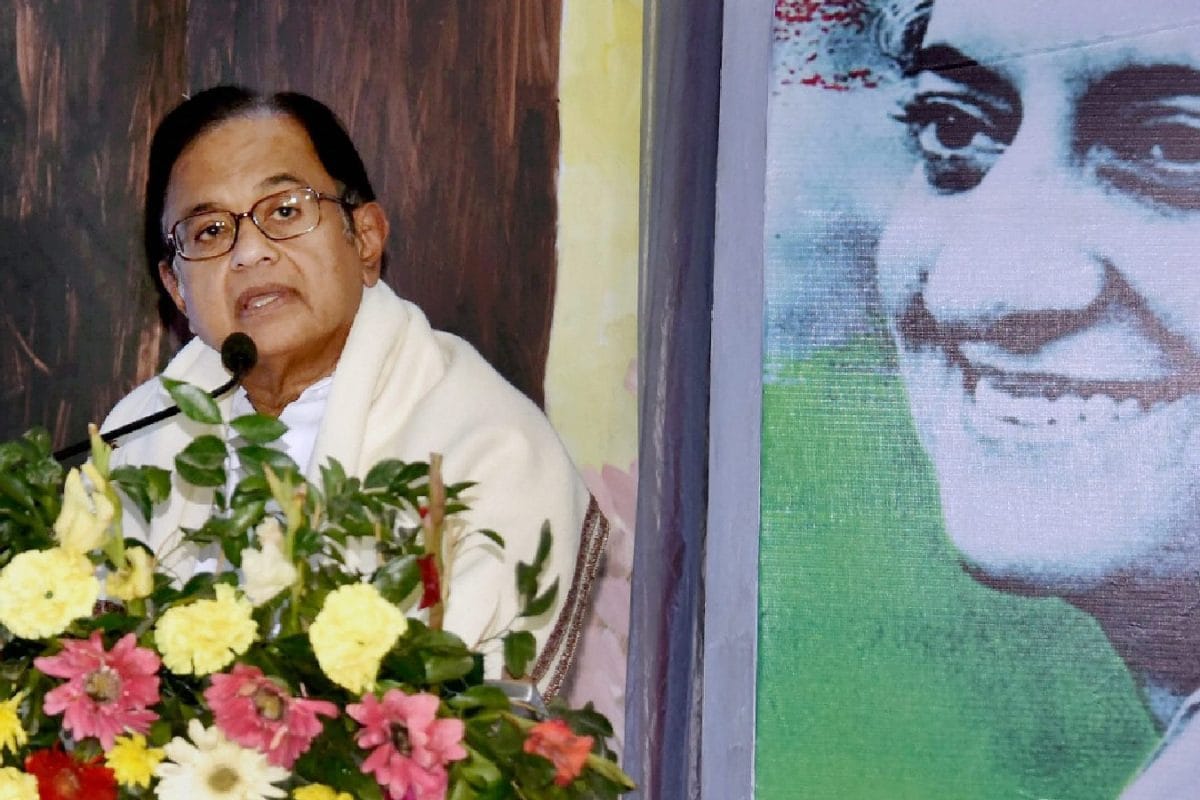Setting the Stage
In the early 1980s, Punjab was experiencing a period of significant unrest, marked by escalating tensions and extremist activities. The situation was particularly
acute within the Golden Temple in Amritsar, which had become a focal point for Sikh militants led by Jarnail Singh Bhindranwale. The Indian government, under Prime Minister Indira Gandhi, viewed this as a growing threat to national security and unity, thus considering military intervention as a means to address the situation and restore order. This decision was a response to a complex interplay of political, religious, and social factors, contributing to the volatile environment in Punjab at that time.
Operation's Initiation
As tensions mounted, the Indian government decided to launch Operation Blue Star in June 1984. The primary objective of the operation was to remove the militants from the Golden Temple and regain control of the holy shrine. The operation involved the Indian Army, which was deployed to enter the temple complex and engage the militants. The use of force to resolve the situation within the temple was highly sensitive, raising serious concerns among many observers. The operation's execution was a strategic move with far-reaching implications, that was quickly followed by the army's action.
Tragic Consequences
The operation led to significant casualties, including militants, civilians, and Indian Army personnel. The Golden Temple itself sustained damage, and the sanctity of the site was violated, which angered many Sikhs and caused deep wounds. The use of military force within a religious site resulted in widespread condemnation and a sense of betrayal among a large segment of the Sikh community. The aftermath of Operation Blue Star was characterized by anger, grief, and a renewed sense of marginalization, which significantly impacted the political and social landscape of India.
Political Ramifications
Operation Blue Star had profound political consequences, which significantly impacted Indian politics. The operation heightened the existing tensions between the central government and the Sikh community, creating an atmosphere of distrust and animosity. The event also led to a surge in Sikh militancy, which escalated into a period of violence and unrest across Punjab. The political fallout from the operation was immense, as it not only altered the dynamics within the state but also at the national level, reshaping the relationships between different communities and the central government.
Indira Gandhi's Assassination
The assassination of Indira Gandhi in October 1984, months after Operation Blue Star, by her Sikh bodyguards, further exacerbated the situation. The assassination triggered a wave of anti-Sikh violence across India, and a period of unrest and retribution that lasted for several days. Many observers see a direct link between the operation and the assassination, suggesting that Operation Blue Star was a major factor in creating the conditions that eventually led to her death. This tragic event highlighted the escalating religious tensions and the devastating impact of political decisions on individuals and communities.
Chidambaram's Perspective
The source article references P. Chidambaram's statement that Operation Blue Star was a mistake, highlighting its controversial nature. His view, which echoes the sentiments of many, suggests that the operation was a misjudgment that had catastrophic consequences, with Gandhi paying the ultimate price. This perspective reflects a broader criticism of the decisions that led to the operation and its handling. This viewpoint, which likely resonates with many Indians, underscores the ongoing debate about the operation and its lasting legacy.
Long-Term Impacts
Operation Blue Star had a lasting impact on Indian society. The event continues to shape the country's political landscape and inter-community relations. The legacy of the operation includes deep-seated grievances, memories of violence, and a persistent sense of injustice felt by many. The operation's repercussions are visible even today, and the events continue to shape India's identity and future. The need for reconciliation and healing is a constant theme in discussions of this difficult chapter in Indian history.




